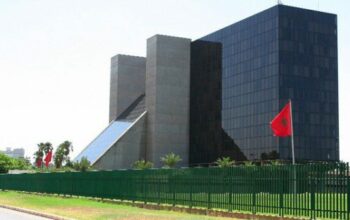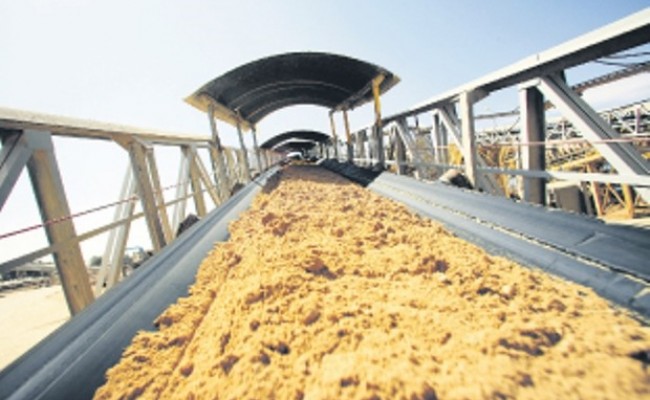The International Energy Agency (IEA) estimates that about 14 billion online devices – like modems, printers, game consoles, or set-top boxes – waste about 80 billion USD annually due to inefficient technology. In six years’ time, the problem can worsen and go up by about 40 billion to 120 billion wasted on online devices. IEA identifies plain measures that can be introduced to enhance energy efficiency in networked devices which could save massive amounts of energy and money. The report – “More Data, Less Energy: Making Network Standby More Efficient in Billions of Connected Devices” – demonstrates that electricity demand of increasingly IT economies is soaring. Last year, only a tiny proportion of the world, in relative terms, was using these devices to stay online. As the number of “wired” consumers is increasing, also energy demand is growing fast. This helps spread usage of electronic online devices and appliances that were previously not connected, such as washing machines, refrigerators, lights and thermostats.
IEA Executive Director, Maria van der Hoeven, said that the proliferation of connected devices brought many advantages but the cost is still much higher than it ought to be. Because of high costs, consumers are losing their money since they are losing energy. This in turn leads to more expensive power stations and more distribution infrastructure being constructed that we would normally need. Moreover, all these activities increase greenhouse emissions. Ms van der Hoeven points out that this unfavourable development can be reverted as the cost of meeting demand can be optimized and the use and benefits of connected devices can thereby grow. The report clarifies that most of the problem is caused by inefficient network standby, which is maintaining of a network connection while in the mode of standby. In many electronic devices, standby does not mean that the device is almost off or sleeping, as we may think, but actually in reality more power is needed to run certain functions in standby mode.




